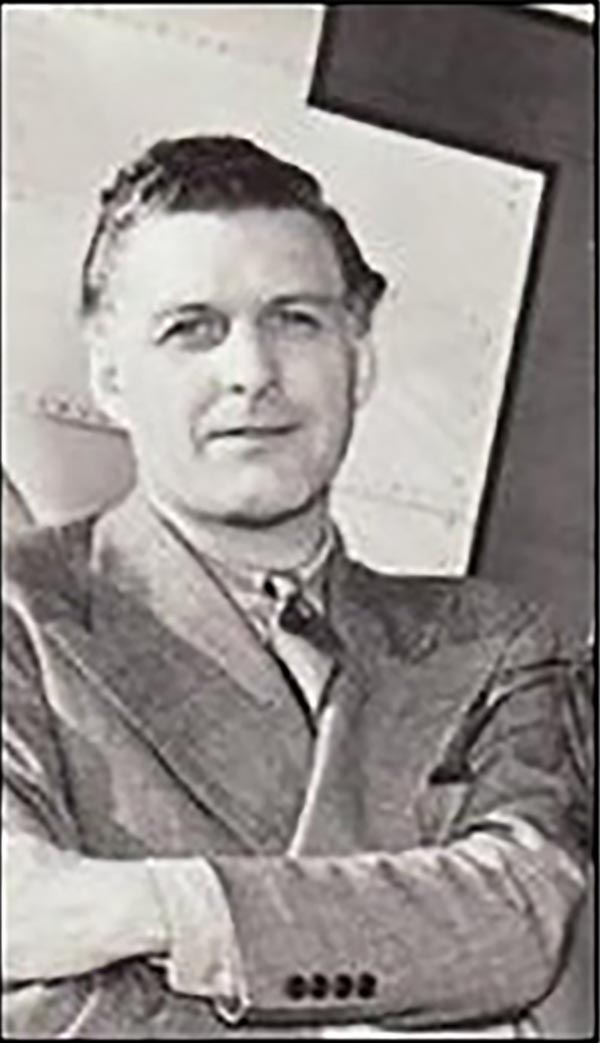Russell Patterson (December 26, 1893 - March 17, 1977) was a cartoonist, illustrator, and designer whose Art Deco-inspired works featured prominently in magazines of the 1920s and 1930s, to the extent that he is credited with helping create the 'flapper' image. Patterson was born in Omaha, Nebraska but his family relocated to Montreal during his childhood. He briefly studied architecture at McGill University and began submitting cartoons to local newspapers. He then moved to Chicago, attended some classes at the Art Institute of Chicago, and began working as an interior designer for upscale department stores in the city. Patterson then attempted to sell a mail order course of art courses, carved out a niche as a humorous artist, and then briefly, unsuccessfully attempted to become a fine artist, traveling to the American Southwest. In 1925, Patterson moved to New York City and began drawing humorous illustrations for publications including College Humor, Judge, Life, Ballyhoo, Vogue, Vanity Fair, Cosmopolitan. His distinctive style became wildly popular, earning him wide acclaim and vaulting him from obscurity to fame in a matter of months. His works became archetypal, deeply influencing other artists, defining the image of the flapper girl of the 1920s, and even setting fashion standards. Patterson also continued to design department store interiors, including for R. H. Macy and Co. (Macy's). In the early 1930s, he began to work as a set designer on Broadway and then took on similar roles in Hollywood. Beginning in 1929, he also published comic strips in major Sunday newspapers, which became his main focus by the late 1930s and continuing into the mid-1950s. Patterson also dabbled in fashion, helping to design the uniforms of the Women's Army Auxiliary Corps during the Second World War.


